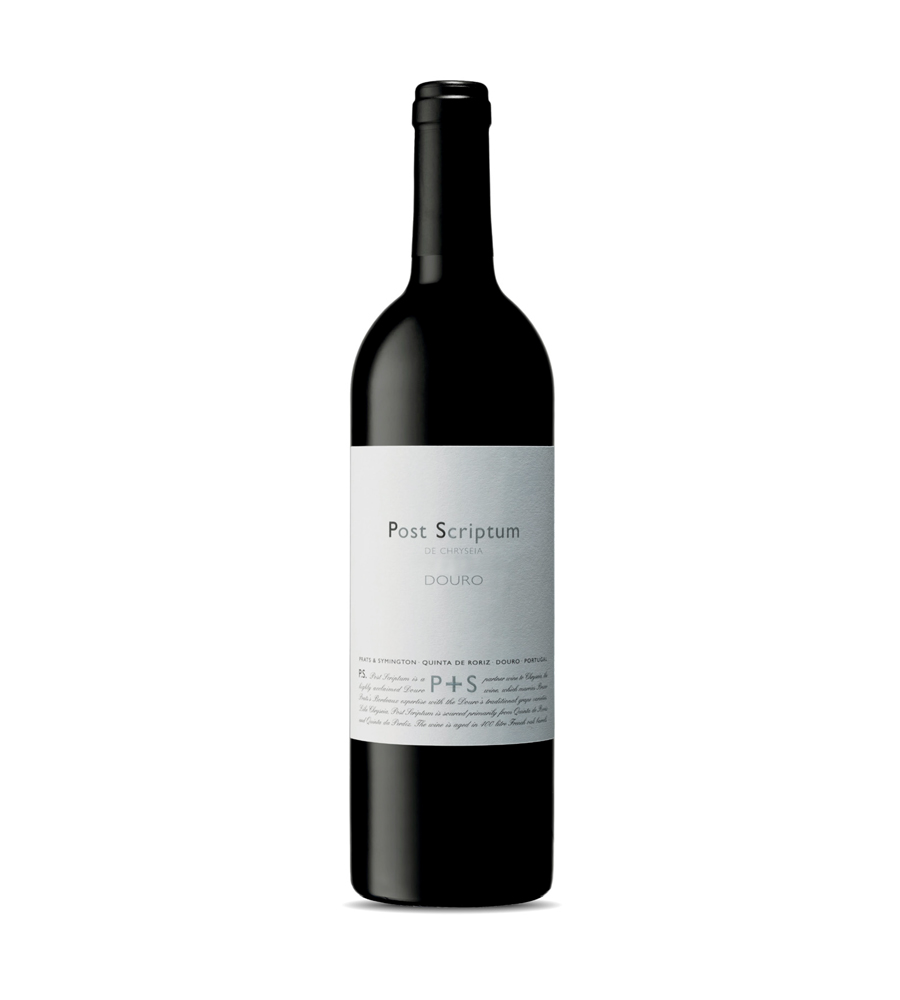A World Heritage site and one of the oldest established wine-producing regions in the world, the Douro valley is, without doubt, one of the most distinctive terroirs in the history of world viticulture.
Great wines can only exist if there are people fortunate enough to appreciate them. There can be no doubt that the English aristocracy played an important role in the development of the Port wine vineyards, just as they did in Bordeaux, most notably with the Médoc Crus Classés.
The wines of the Douro, cultivated in an inhospitable climate under a scorching sun, with their low acidity and high residual sugar levels, were always difficult to transport. It was for this reason that the region invented fortification, a process which involves adding brandy to the wine before fermentation is complete, providing the Port with its distinctive alcohol-sugar balance, together with a remarkable potential for ageing. In addition, the process requires the rapid and energetic extraction of tannins by the traditional method of treading or, in more recent years, using mechanical presses.
Whilst the art of creating Port wine was being perfected, Bordeaux – another region with a talent for satisfying the thirst of the English – was inventing vinification using a process of prolonged maceration, allowing for the gradual and gentle extraction of tannins. This gave rise to the balance and finesse of the great Médocs.
The attempt to apply Bordeaux wine-making methods to grapes which are traditionally destined for the production of vintage Port is the essence of the exciting CHRYSEIA project.
The SYMINGTON family aimed to ally its extensive knowledge of the different Douro terroirs and grape varieties to the experience of Bruno PRATS in the Bordeaux region so that together they could produce wine from the best grapes grown on the best plots on the best estates, in true Bordeaux spirit.
Andrew James Symington first became established in the city of Porto in 1882. He quickly became a Port wine shipper and in 1914 assumed control of Warre’s. The descendants of his three sons are nowadays the owners of Warre’s, Dow’s and Graham’s, in addition to numerous estates which include some of the best in the Cima Corgo. The family’s vineyard holdings in the Douro now exceed 900 hectares. Charles Symington is responsible for the vineyards, vinification and production management, whilst Rupert, Paul, John and Dominic travel all over the world sharing the magic and secrets of their wines.
After the sale of the Château Cos d’Estournel which he had managed for thirty years, Bruno Prats turned his wine growing activities to Viña Aquitania in Chile where he established a partnership with Paul Pontallier, Ghislain de Montgolfier and Felipe de Solminihac, and to Anwilka in South Africa, in partnership with Lowell Jooste and Hubert de Bouard de Laforest. The friendship between Bruno Prats and the Symington family was developed through the family winery network Primum Familiae Vini, to which Cos d’Estournel also belonged.
In November 1998, the Symington family proposed that Bruno Prats should take part in a new project to produce a top quality, non-fortified Douro wine. This proposal took shape in 1999 with the creation of PRATS & SYMINGTON Limitada as an equal partnership between the two families. Experimental production in this first year enabled the best plots and most suitable grape varieties for the project to be selected. The CHRYSEIA 2000 was the first vintage to be released.


